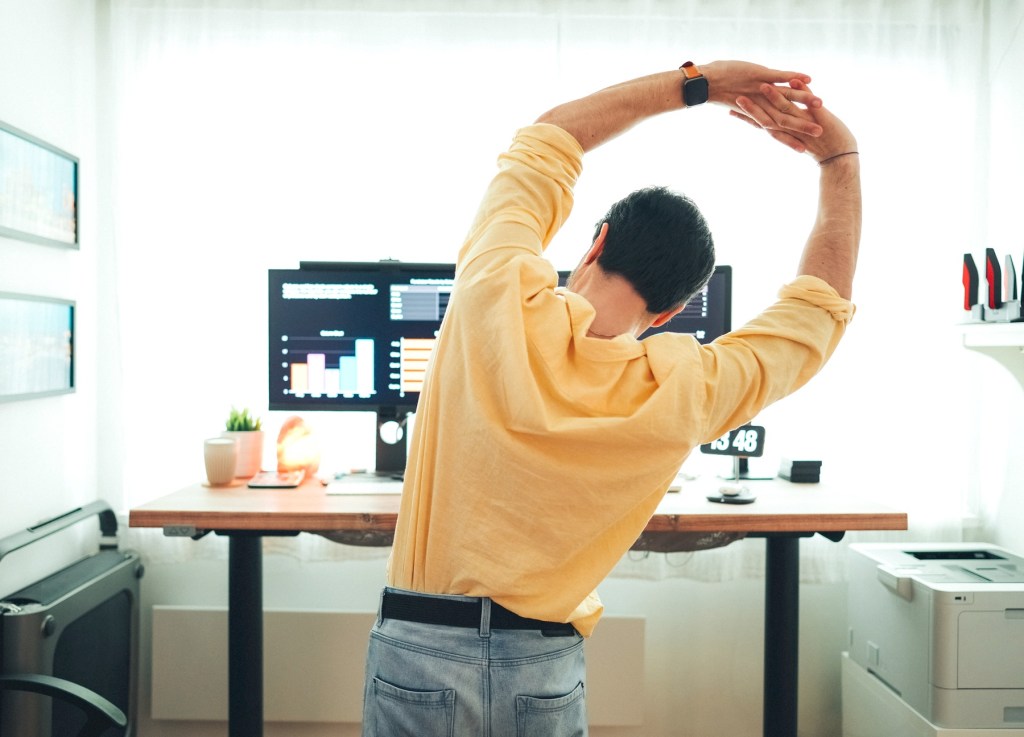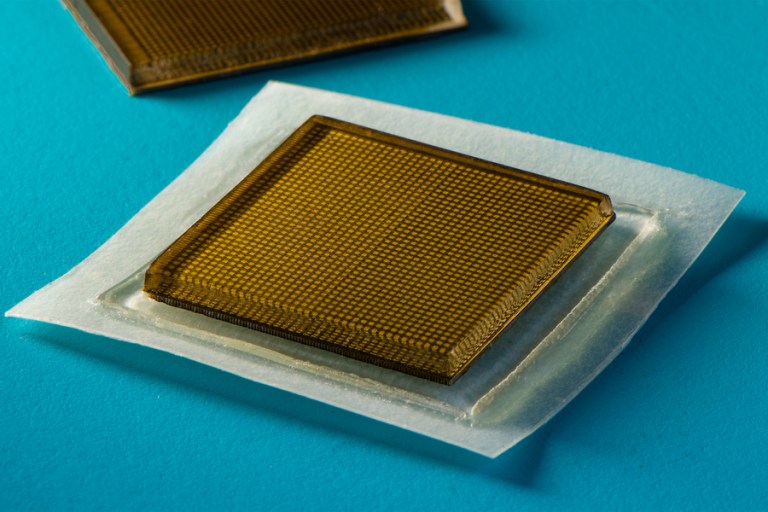It would be an understatement to say that working out isn’t everyone’s favorite activity, but in terms of health, there are few things that can best it — which makes the concept of “exercise snacking” all the more enticing.
Before you get as excited as we did upon first hearing the term, exercise snacking does not refer to literally snacking as a form of exercise (we’re still waiting for someone to fund that study). Rather, it involves practicing short bursts of cardio or resistance training for as little as 20 seconds at a time throughout the day.
You may have seen resistance training in the news lately, as two recent papers offered further insight on the extent of its advantages. One found that adults in their mid-60s to mid-70s who lifted heavy weights for a year saw long-term increases in leg strength, while another determined that it can be better than cardio for getting a good night’s rest.
The beauty of exercise snacking is that it doesn’t require you to invest in a set of dumbbells or a gym membership (though both are great options) to reap its benefits — you can build strength while engaging in common household and leisure activities.
“We’re living a more sedentary life. We have a lot of office jobs. We’re sitting around a lot more,” exercise physiologist Katie Lawton told the Cleveland Clinic last year. “Exercise snacks work as a reminder to just get up and move every so often.” She added: “The idea of exercise snacks can fit easily around your life, no matter how busy or stressed you are. It’s a very short time commitment.”
In a 2022 study, researchers found that one-minute bursts of exercise performed three times a day reduced all-cause mortality risk by 38%-40%. That same year, a trial among older adults determined that resistance training exercise snacks proved a feasible and generally enjoyable modality.
Writing for The Conversation, Justin Keogh, associate dean of research at Bond University’s Faculty of Health Sciences and Medicine, and Jackson Fyfe, senior lecturer in strength and conditioning sciences at Deakin University, say the practice works particularly well when paired with things you’d be doing anyway.
They suggest doing a “few extra squats” whenever you get up from a bed or chair, some lunges during the commercial break of the show you’re watching, and a couple of elevated push-ups when you sit down for a meal.

Most importantly, research suggests that the more you exercise, the more likely you are to continue working out in the future, and simple exercise snacks are a great place to start.
The possibilities for incorporating short bursts of movement into you day are virtually endless, but here are a few more suggestions:
Strength-Building Exercise Snacks
5-10 push-ups
30 seconds of crunches
5-10 step-ups*
5-10 squats
5-10 lunges
30-second plank
10 bicep curls*
Cardiovascular Exercise Snacks
25-50 jumping jacks
10-15 burpees (these can build strength as well)
Walking quickly up and down a stairwell a few times
Sprinting back from taking out the trash
Running in place for 1 minute
10-20 mountain climbers
Jump rope for one minute*
*Indicates equipment is required











